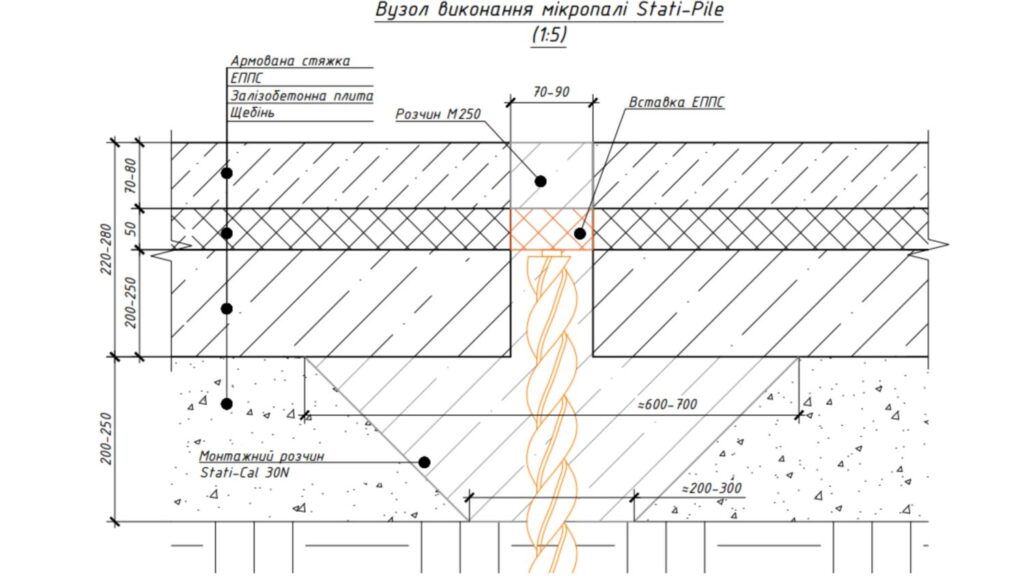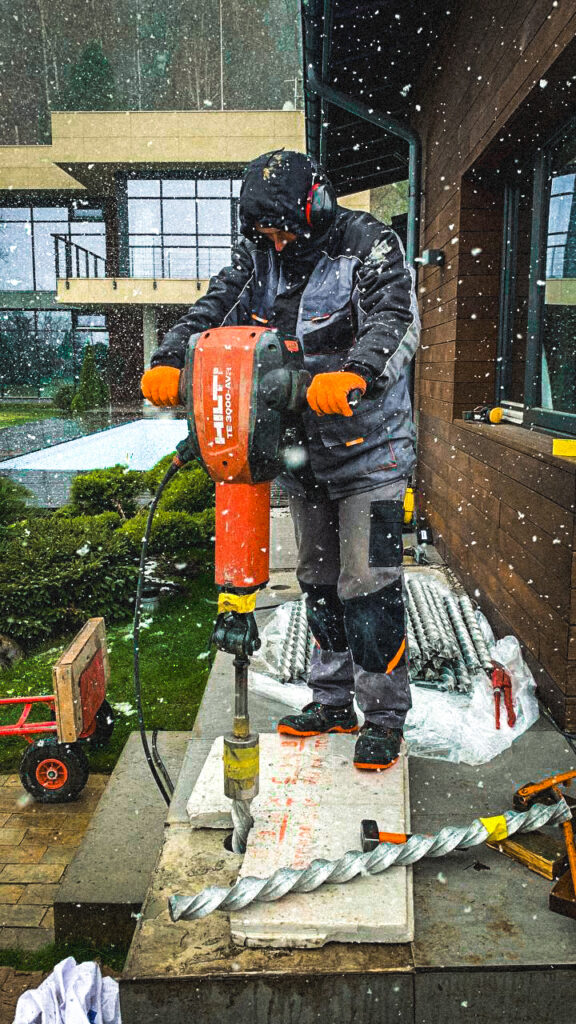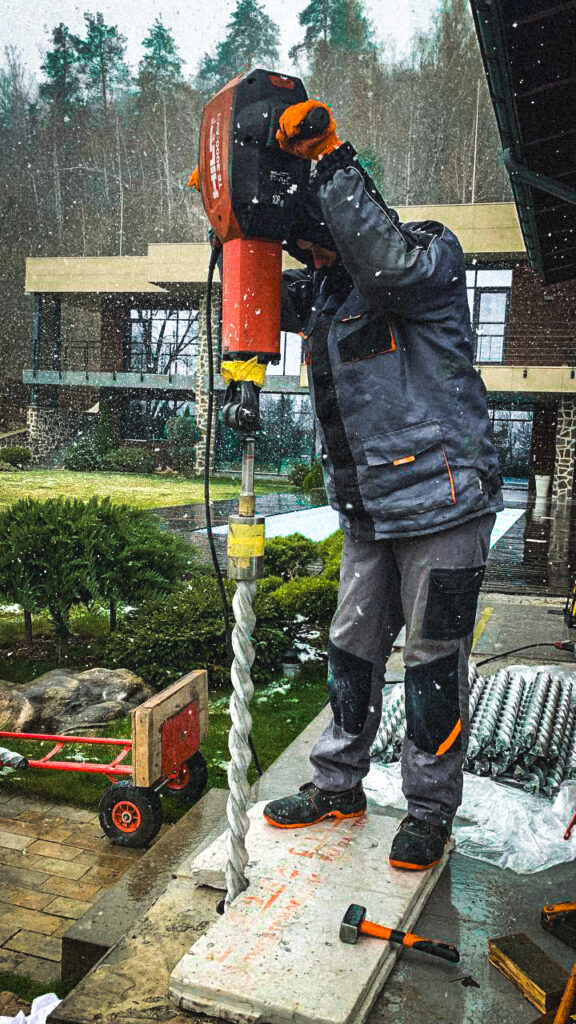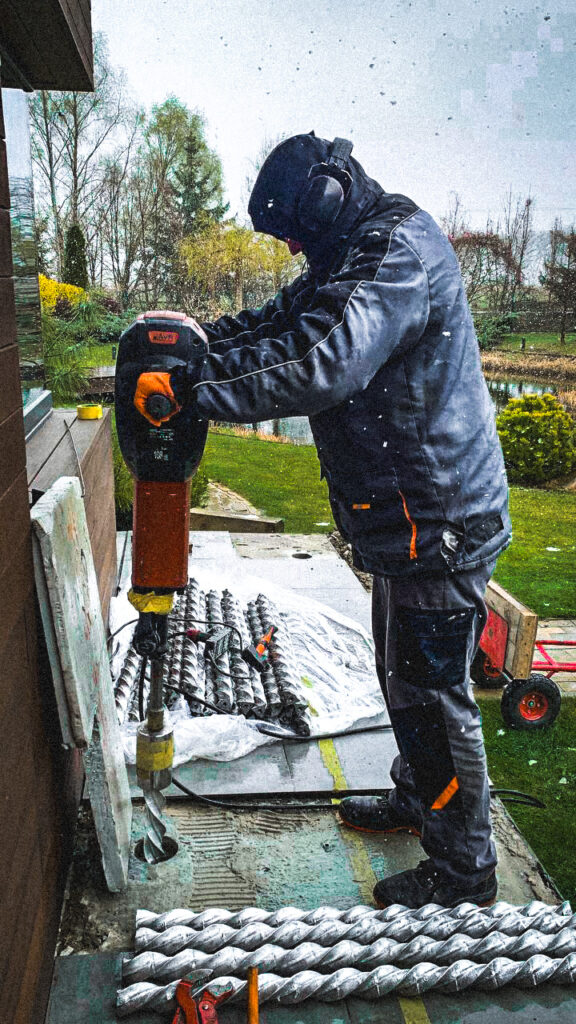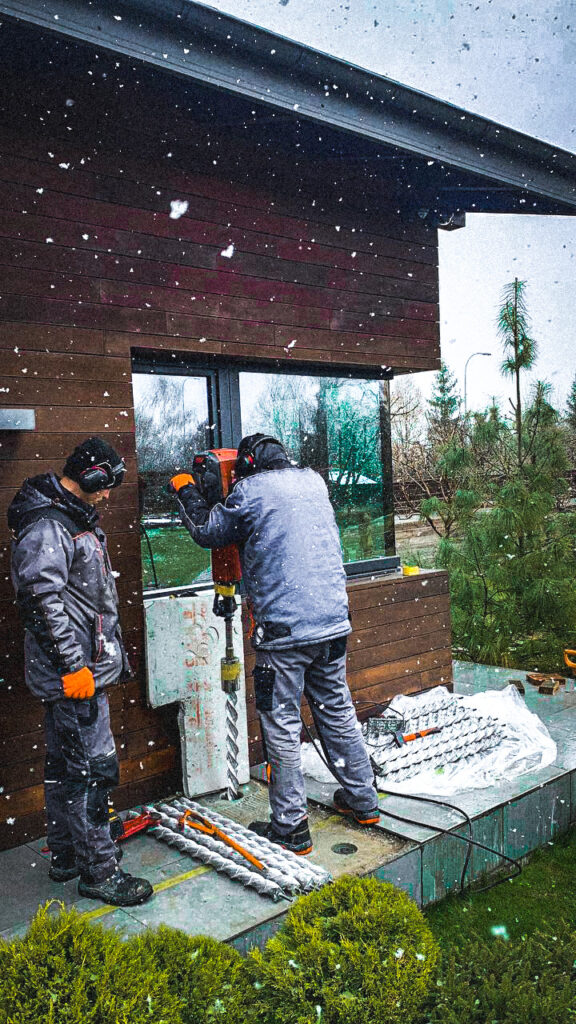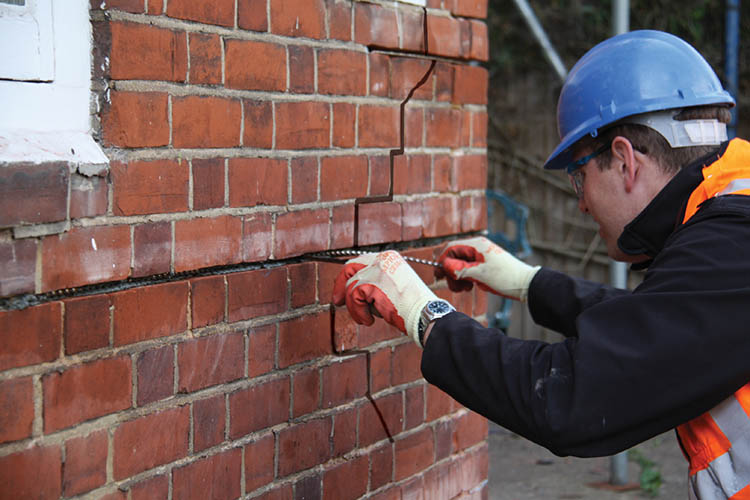The owners of a new private house in a village in the Kyiv region dreamed of a cozy space for relaxation, where peace, fresh air, and their own swimming pool would reign. A modern design, minimalist landscaping, and a large foundation slab intended to host leisure zones — everything seemed to be going according to plan. But just a few months after construction, the first signs of trouble began to appear.
At first, there were small cracks in the pool’s cladding. Then came a barely noticeable tilt of one side of the slab foundation. The owners decided not to delay and invited engineers to conduct an inspection. And that was the right decision, because behind those seemingly minor changes lay a serious issue: the soil beneath the slab had started undergoing active suffosion — the washing out of fine particles from the foundation, which led to voids, settlement, and deformations.
The problem was compounded by the fact that the heterogeneous structure of the underlying soil was not taken into account during construction. This was especially critical in the area under the concrete pool basin, which bears the greatest load. Layers of low density and high moisture content were unable to provide adequate support for the slab — and this manifested itself at an early stage of use.
The company’s specialists conducted a site survey and soil testing using the dynamic probing method, along with visual inspection and photo documentation. During the investigation, it was revealed that the active zone beneath the reinforced concrete slab of the pool contained soil layers with varying and low values of conditional dynamic resistance to probe penetration, and the high moisture content of the soil was causing uneven deformations and suffosion (soil washout).
Taking the inspection results into account, the engineers developed a project-based technical solution for reinforcing and strengthening the reinforced concrete pool slab and the underlying soil. The calculated cost estimate based on the project was approved by the client’s representative.
– the date of works in April 2025
The entire range of work provided for by the project was completed within 3 calendar days. When carrying out the work, the Stati-CAL technology was used (using metal build-up spiral piles Stati-Pile Ø60mm), the INJECT technology for injecting gel-composite solutions, to fill voids under the slab, partially lift, concreting (fixing) the pile heads in the body of the reinforced concrete slab.
As a result of the work performed, the following tasks were solved:
– strengthening the reinforced concrete slab of the pool, to a depth of -6.5 m from the bottom of the slab, replacing the structural solution from slab-soil to slab-pile-soil, Stati-CAL technology;
– filling voids (formed as a result of soil washing out in the base) under the slab by injecting gel-composite solutions using INJECT technology;
– partial lifting and leveling of the slab in the horizontal plane by injecting gel-composite solutions using the INJECT technology.
The customer received a 10-year guarantee for the work, namely the absence of uneven subsidence of the reinforced concrete pool slab.



